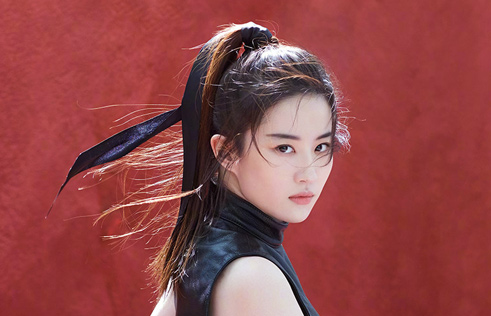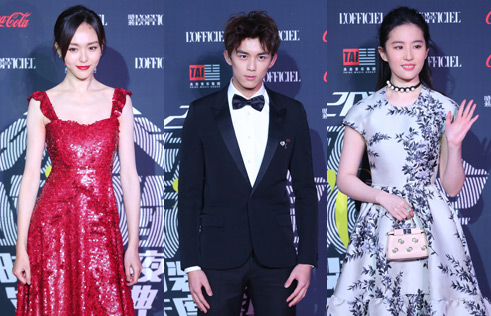Eco-fashion looks to make shoppers green with envy
By Viva Goldner ( China Daily ) Updated: 2008-01-15 07:34:49A decidedly non-bling canvas carry-all last year became the unlikely choice of arm-candy for a league of spoiled Hollywood celebrities fuelling the phenomenon of the "It bag".
This simple, cream-colored tote with rope handles, printed with the slogan, "I'm not a plastic bag", was the brainchild of a small social enterprise aiming to reduce landfill from plastic bags.
The company, We Are What We Do, engaged London designer Anya Hindmarch to create the bags, which originally sold for $5 through a website, and quickly became a cult item.
Proving consumerism and conservation are no longer odd bed fellows, China's youth are the latest to embrace environmental protection as a fashion statement.

According to one trend watcher, a locally produced version of Hindmarch's hot cotton tote, bearing a Chinese-language slogan relaying a similar sentiment, has found its way onto the arms of Beijing's young and style-conscious.
Going green is filtering through as one of the key trends influencing fashion, as it is being interpreted on the streets of China's cities, says observer Nels Frye:
"Young people in China are aware of the environment and want to do what they can to protect it, especially when it is a fashion statement to do so."
While this trend reflects the global spotlight on the imperative of dealing with climate change, environmental protection is an issue looming particularly large in the lives of urban Chinese.
After all, the common experience of not being able to see a foot in front of you due to the choking smog is a fairly strong indication something is up with the planet.
Expect to see more of these local-edition eco-bags, particularly given recent news of a mandatory charge for plastic shopping bags that would be passed by supermarkets onto consumers.
Before Hindmarch's creation, the only handbags deemed cool enough to be donned by the rich and famous bore the flashy hallmarks of a high-end designer.
"To create awareness you have to create scarcity by producing a limited edition. I hate the idea of making the environment trendy, but you need to make it cool and then it becomes a habit," Hindmarch told the New York Times after the bags sold out there in less than half an hour.
Beijing fashionistas are starting to tune into a wider movement of eco-fashion that has been gathering momentum outside of activist circles since its debut at New York's Fashion Week in 2005. At a runway event sponsored by prominent retailer Barneys, a raft of hip designers showcased pieces made from organic and natural fibers, such as hemp, recycled plastic and bamboo.
Eco-fashion, as defined by the non-profit Sustainable Technology Education Project, comprises garments, "that take into account the environment, the health of consumers and the working conditions of people in the fashion industry".
It can mean taking a stand against mass-produced goods, or fakes produced in uncontrolled conditions and sold at unsustainably cheap prices.
(China Daily 01/15/2008 page20)
|
|
|
|
|
|
|
|








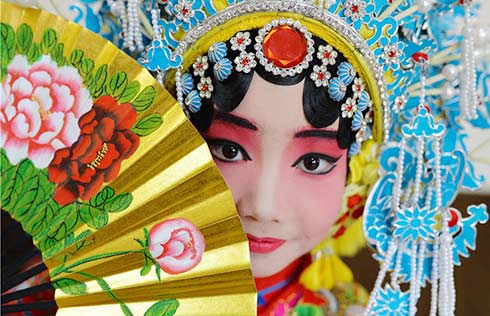



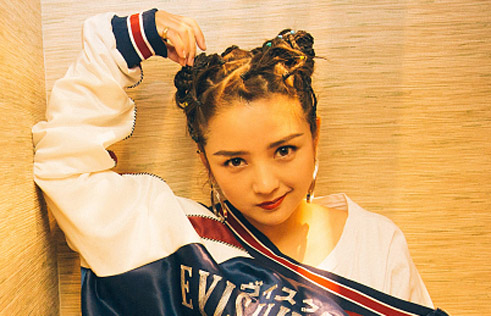









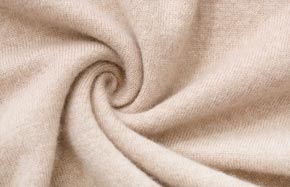



 Raymond Zhou:
Raymond Zhou: Pauline D Loh:
Pauline D Loh: Hot Pot
Hot Pot Eco China
Eco China China Dream
China Dream China Face
China Face


